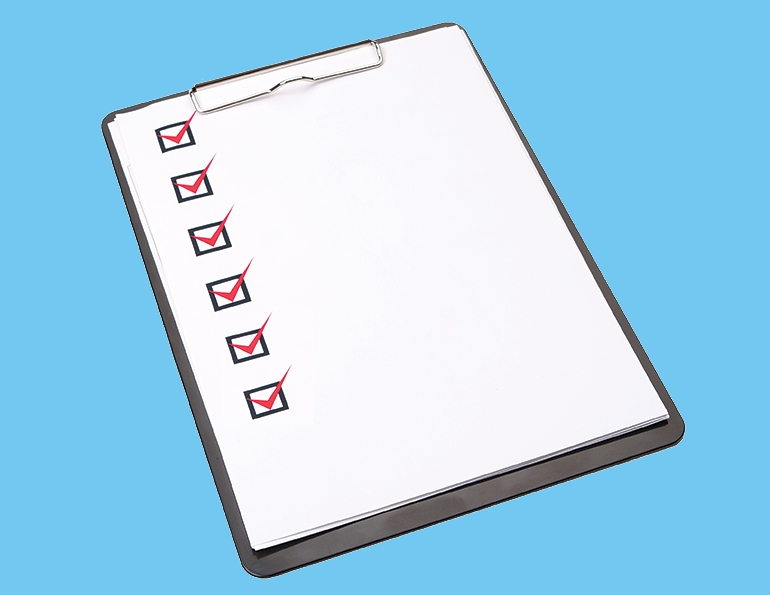I’ve tried about 15 different time and task management systems, and I’ve always felt guilty for not mastering any of them.
Whether it’s methodologies like “Getting Things Done,” or products like the Franklin Planner, or philosophies like Ben Franklin’s daily routine, nothing has seemed to stick. However, because there are always things to do, I’ve had to walk through a minefield of post-it notes and my own fallible memory in order to achieve all the day’s duties that work and life ask of me.
Fortunately, you only have to tweak that muddle slightly to make it more effective.
In our industry, it’s pretty common to have multiple streams of work going on at the same time. In fact, many of us have multiple roles and responsibilities that require frequent shifts of focus and attention. And, while we talk about this happening most often during seasonal transition time, the reality is that it’s going on all year.
If you’re like me, you probably have cobbled together a system that’s just good enough to get you through the daily grind, but still leaves you with a nagging feeling that you missed something.
That nagging feeling is common. The time and task management industries are huge—estimated to be in the billions of dollars annually—and they totally rely on our lack of self-trust. But there are a number of steps you can take to ensure your prioritization strategy is optimized for your personal and professional success.
1) Organize your daily tasks and responsibilities into an urgent/important matrix.
Legendary business guru Steven Covey recommended labeling items this way so that your time is spent on things of greatest value. It’s easy enough to do this once—perhaps, shortly after you finish reading this article—but success comes when you ritualize this process. Making it a daily routine will enable you to stay focused and even refine your definition of “urgent” and “important.”
2) Finish your day by taking a step back.
Tony Schwartz, who wrote Be Excellent at Anything, recommends setting aside 20 minutes at the end of each day to reflect on the day’s successes and outline the most important tasks for the next day. This helps ensure that each day starts strong, but it also has the effect of de-cluttering the mind and promoting better sleep.
In fact, being assured of your first tasks can liberate your busy mind, enabling stronger, more meaningful connections with your loved ones in the evenings.
3) Work on the most important thing on your list first.
Spend about 90 minutes at the beginning of your workday on the top priority (or priorities). That means avoiding email, messages, and other incoming notifications during that time. Bill Gates, the man who gave us Microsoft Outlook, only checks his email twice a day. That’s a good example to follow.
4) Build in breaks.
While we all can heroically grind out a long day, there’s a lot of research suggesting that the optimal amount of time on a task is about 40 minutes. The good news is that the 40-minute clock is easy to reset.
Taking a five- to ten-minute break after an intense period of work can improve performance and, ultimately, lead to higher productivity. Stretching, meditating, walking around the office, reading an article, etc., gives the mind a chance to relax and reset itself. After experimenting with breaks, you may find that you get more done in your 40-minute sprints.
The bottom line about prioritization is: avoid the temptation to think an overhaul is needed. Leave the guilt behind, keep your clunky system in place, and focus on being more intentional with the time you’ve got.
Paul Thallner
Paul Thallner is CEO and founder of High Peaks Group, a U.S.-based consulting firm that helps leaders and organizations create thriving workplaces for all in order to accelerate business performance. Paul has played an integral role in developing the SAM Summit Series program, and facilitates each of the group calls in addition to serving as an adviser to our esteemed group of mentors.
Read the first installment of year two of the Summit Series on page 70, and follow along at www.saminfo.com/the-summit-series.






